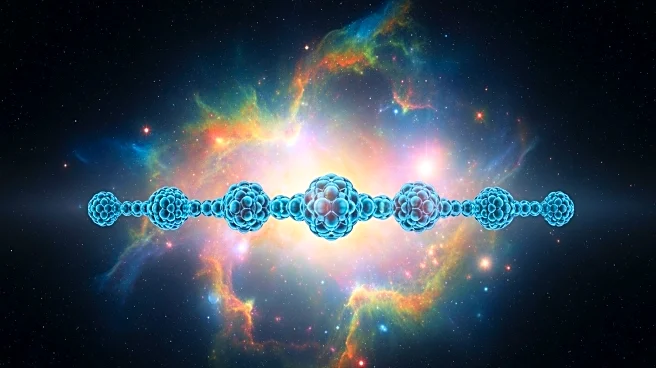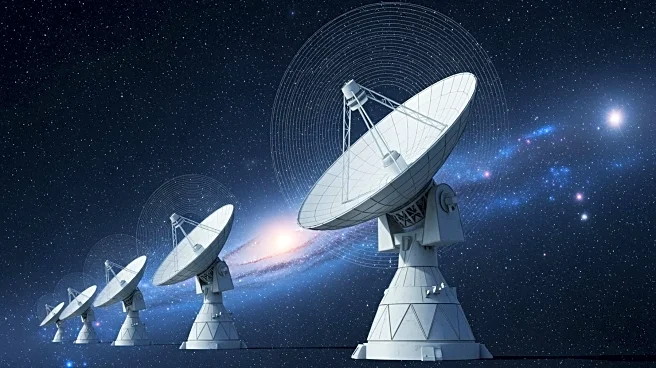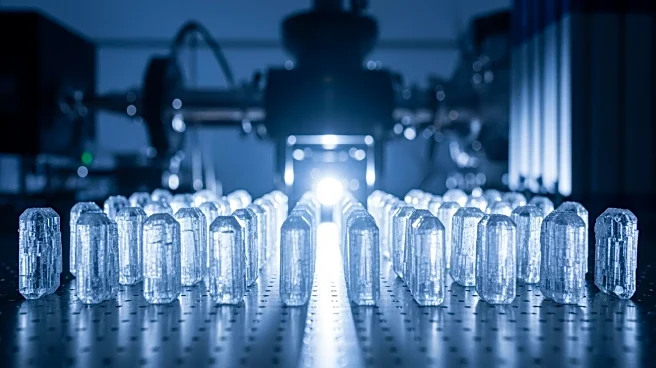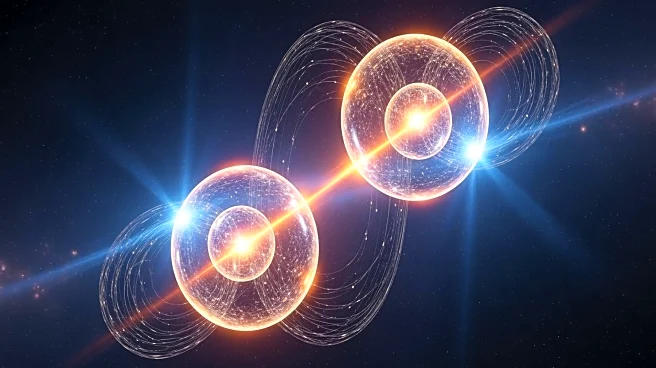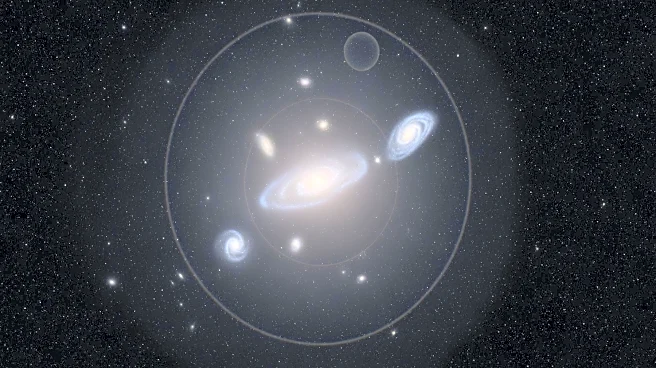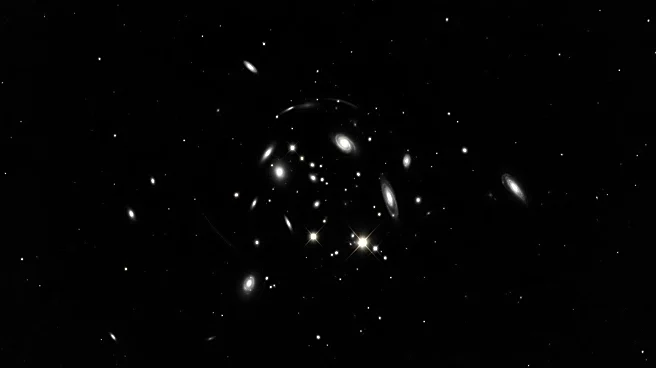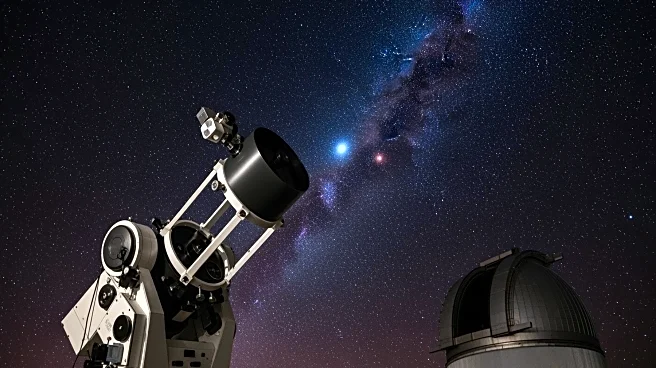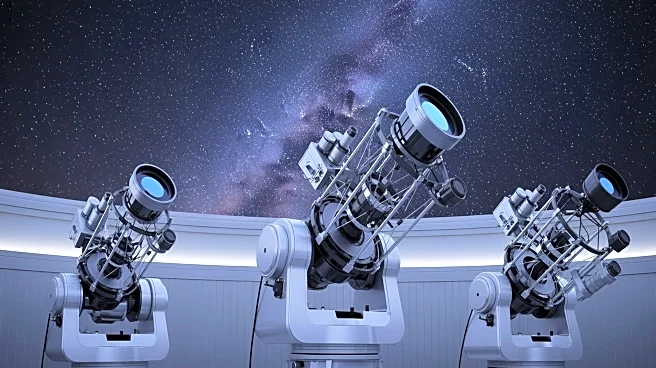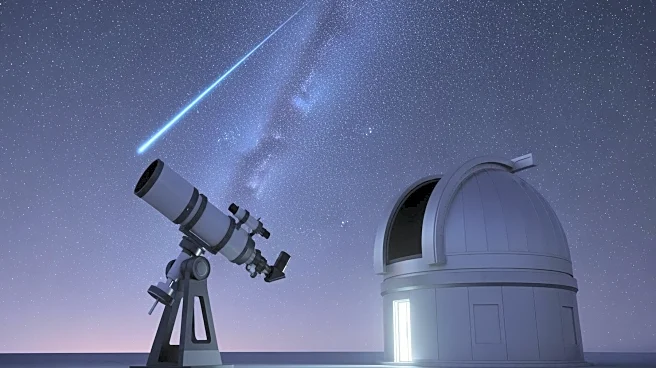What's Happening?
Researchers from the Max Planck Institute for Physics have introduced a novel approach to detect dark matter using sugar crystals. The SWEET project aims to identify hypothetical light dark matter particles through interactions with sugar, which contains
nuclei of varying sizes. This method contrasts with previous efforts that focused on detecting heavy dark matter particles using expensive materials like xenon and germanium. The sugar-based detectors have shown promise in identifying particle interactions, suggesting sugar as a viable candidate for further investigation.
Why It's Important?
The discovery of dark matter is crucial for understanding the universe's composition and evolution. Traditional methods have failed to detect heavy dark matter particles, leading scientists to explore lighter particles. The use of sugar crystals offers a cost-effective and innovative approach, potentially revolutionizing dark matter research. Success in this area could provide insights into fundamental physics and the universe's hidden components, impacting scientific theories and future research directions.
What's Next?
The research team plans to enhance the sugar-based detection system by improving sensor circuits, incorporating X-ray sources, and refining data collection methods. Larger and purer sugar crystals will be grown to increase detection sensitivity. These advancements aim to filter out background noise more effectively, paving the way for potential breakthroughs in dark matter detection.
Beyond the Headlines
The use of everyday materials like sugar in scientific research highlights the potential for unconventional approaches to solve complex problems. This method challenges traditional scientific paradigms and encourages exploration of overlooked possibilities, fostering innovation in research methodologies.


